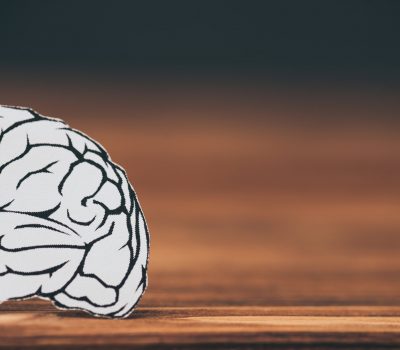There is a new finding in scientific research out that may change the way that doctors treat dementia forever. It involves a combination of two distinct areas of research that have never before been combined, which are microglia (the brain’s immune cells) and brain waves. This is especially exciting in light of the fact that researchers did not formerly know that there was an important connection between the two.
Brain waves, or the electrical currents in the brain, were discovered in 1887 by Richard Caton. However, he stopped his research because of the lack of interest in it, and it was not revisited for many years. Luckily, in 2019, scientists at the Massachusetts Institute of Technology discovered—almost miraculously—that Alzheimer’s disease could be treated in animals by flashing LED lights at them 40 times per second, or even playing music at the frequency of 40 hertz.
Brain waves are made by many neurons in a specific part of the brain (the cerebral cortex) discharging electrical impulses together in synchrony. There are different types of brain waves, the categorization of which depends on their frequency. The type that Alzheimer’s researchers are the most interested in are called gamma waves.
It turns out that brain waves influence when a neuron fires, and groups of neurons “ride” on the different types of brain waves. This information is important, because in Alzheimer’s, the brain will not produce strong brain waves in the 40 hertz frequency. A graduate student at MIT named Hanna Iaccarino thought that helping the brains of mice out in this area might treat this type of dementia.
It turns out that she was right.
The researchers used lasers to force the neurons in the visual cortex to fire at 40 hertz, and the result, which was pulished in 2016 in Nature, showed a striking reduction in the amyloid plaques that are commonly found in Alzheimer’s patients. However, it is unethical to fire lasers into human brains, so another MIT researcher, Emery Brown, brought up some older research done in cats that showed that just making the cats stare at a strobe-lighted screen at 40 herts also boosted gamma waves.
When they tried this in mice, existing amyloid plaques actually disappeared, which was an amazing finding. Now, these amyloid plaques are surrounded by microglia, which are immune cells. Therefore, when the gamma brain waves are boosted, the microglia actually become enlarged and digest the amyloid plaques.
The neuroscientist in charge of this study, Li-Huei Tsai, said about this: “I find this intersection [between brain waves and microglia] to be one of the most exciting and intriguing results of our work.” Her team published their work in Neuron last year–that only three to six weeks of the LED strobe-light treatments cleared up the amyloid plaques and preserved synapses and neurons that Alzheimer’s usually destroys. Researchers are now looking into treating other degenerative brain diseases like ALS and Parkinson’s disease using lights and sounds.
Researchers need to run more tests before these treatments will actually be available to patients, but these studies and findings are extremely encouraging and exciting, as Alzheimer’s is currently a progressively degenerative, fatal, incurable disease. However, the current research is extraordinarily promising, and is giving hope to many.
>> RELATED: 9 drugs linked to Alzheimer’s disease?








